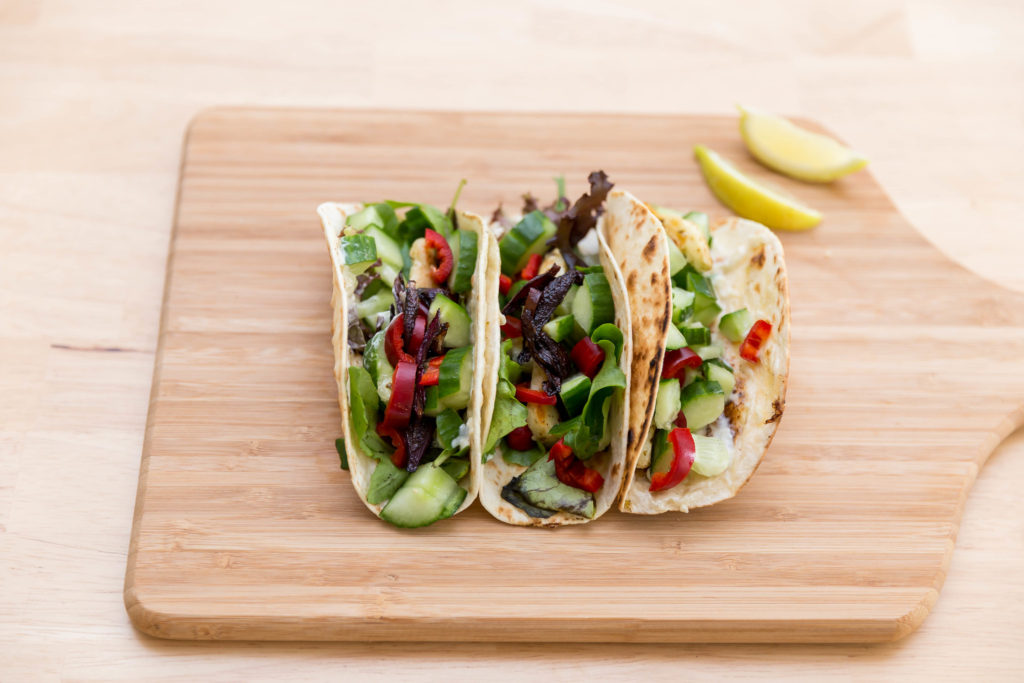
Meal kit services have become extremely popular in recent years. These are companies that deliver a box of pre-portioned ingredients and a chef-created recipe to your door to make home-cooked meals easy and practical for busy people. Leading companies like Blue Apron, HelloFresh, and Plated have been joined by dozens of others competing in the meal kit market. As of last year, annual sales for these things were over $3 billion and growing at more than a 20% annual rate.
A major rap against meal kits has been their environmental impact, mostly centered around the amount of packaging waste they generate. While there is most certainly lots of packaging waste associated with meal kits, it turns out that their overall carbon footprint is actually rather good compared with conventional ways to make homecooked meals.
A study from the University of Michigan looked at the cradle-to-grave impact of meal kits, taking into account every major step in the lifetime of the food ingredients and the packaging – agricultural production, packaging production, distribution, supply chain losses, consumption, and waste generation.
Surprisingly, meal kits have a much lower overall carbon footprint than the same meals made from ingredients purchased at the grocery store – even including their packaging. The main reason is that pre-portioned ingredients and a streamlined supply chain lower overall food losses and waste for meal kits compared to store-bought meals. Pre-portioning simply results in fewer ingredients that end up being wasted. Meal kits also have radically different supply chain structures than foods sold in supermarkets.
Whether the economics and culinary aspects of meals kits are advantageous for many people is an open question, but apparently from an environmental perspective, they are just fine.
**********
Web Links
Climate change has worsened global economic inequality
Photo, posted June 11, 2018, courtesy of Marco Verch via Flickr.
Earth Wise is a production of WAMC Northeast Public Radio.
Leave a Reply